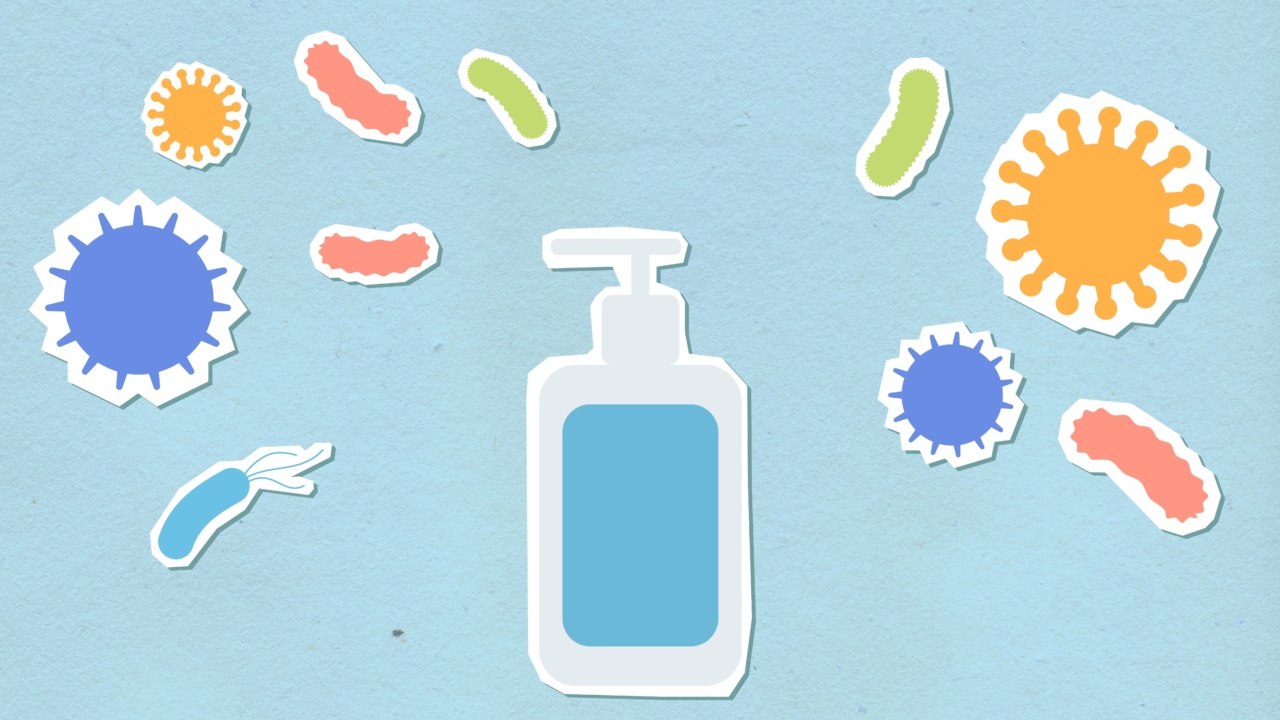Sterilization and disinfection are two commonly used processes in various industries, including healthcare, food production, and laboratory settings.
While both methods aim to eliminate or reduce the presence of harmful pathogens, there are important differences between the two. Understanding these differences is crucial for determining the most effective approach to maintaining cleanliness and preventing the spread of infectious diseases.
What is Sterilization?
Sterilization is a process that eliminates or destroys all forms of microbial life, including bacteria, viruses, fungi, and spores.
The primary goal of sterilization is to achieve a bacterial spore reduction level of at least 10^-6 (or one in a million chance of survival). This extremely high level of microbial kill ensures that the treated object or area is free from viable pathogens.
Sterilization methods often involve the use of physical or chemical agents such as heat, steam, radiation, or chemicals. Autoclaving, for example, is a widely used sterilization method that utilizes steam under pressure to kill microorganisms.
Other methods include dry heat, filtration, and irradiation.
What is Disinfection?
Disinfection, on the other hand, refers to the process of eliminating or reducing pathogenic microorganisms on inanimate objects or surfaces.
Unlike sterilization, disinfection does not guarantee the complete destruction of all microorganisms, especially the more resistant ones like bacterial spores. The main aim of disinfection is to lower the microbial count to a level that is considered safe from a public health perspective.
Disinfection can be achieved through various methods, including the use of chemicals, heat, or ultraviolet (UV) radiation.
Chemical disinfectants are widely used in healthcare settings, households, and industries for their effectiveness in killing a broad spectrum of microorganisms. Common disinfectants include alcohol, bleach, hydrogen peroxide, and quaternary ammonium compounds.
Differences in Efficacy
Sterilization is the most effective process for ensuring total elimination of all microorganisms, including the most resistant forms such as bacterial spores.
Disinfection, on the other hand, may not be sufficient to eliminate all microorganisms, especially those that are more resilient and can survive the disinfection process.
It is important to note that the level of microbial reduction required depends on the specific application and the desired outcome.
In healthcare settings, for instance, certain procedures or surgeries often require sterilization to reduce the risk of healthcare-associated infections. Disinfection, on the other hand, may be effective for routine cleaning of surfaces and objects.
Factors Affecting Choice of Method
Several factors influence the choice between sterilization and disinfection methods:.
1. Purpose
The intended purpose of the treated objects or surfaces is a crucial consideration. If the goal is to eradicate all microorganisms, sterilization is necessary.
If the objective is to reduce the microbial load to an acceptable level for general use or to prevent cross-contamination, disinfection may be sufficient.
2. Material Compatibility
The type of material being treated plays a significant role in method selection. Some materials, such as heat-sensitive medical equipment, cannot withstand high temperatures required for sterilization.
In such cases, disinfection methods that do not damage the material may be more suitable.
3. Cost and Practicality
Sterilization methods, such as autoclaving, often require specialized equipment and processes, making them more expensive and less practical for certain applications.
Disinfection methods using chemicals or UV radiation may be more cost-effective and easier to implement on a larger scale.
Conclusion
In summary, sterilization and disinfection are two distinct processes used to eliminate or reduce the presence of harmful microorganisms.
Sterilization is the more rigorous method that ensures the complete destruction of all forms of microbial life, while disinfection aims to reduce the microbial count to safe levels. The choice between sterilization and disinfection depends on the intended purpose, material compatibility, and cost considerations. Both processes play vital roles in maintaining cleanliness and preventing the spread of infectious diseases.































